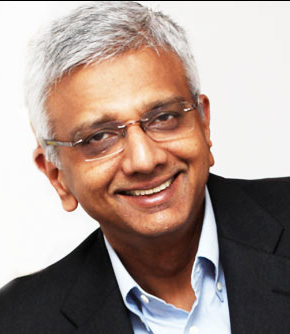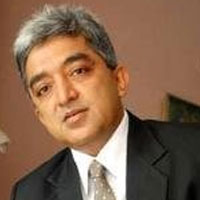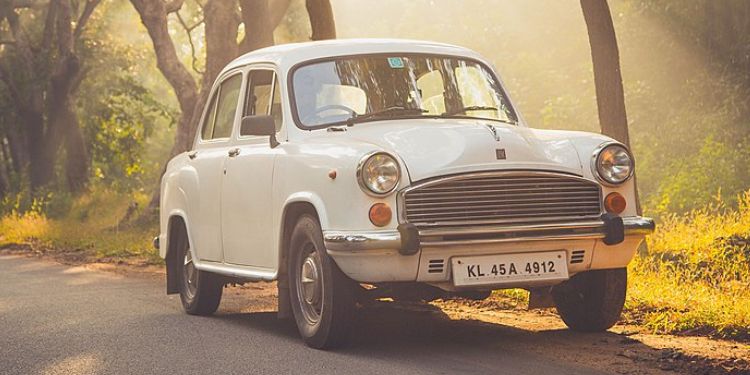The Ambassador was once a status symbol in India. At the time, car ownership itself was a status symbol and there weren’t many choices. For over 40 years, the brand ruled Indian roads. However, with the advent of newer players, it got repositioned as a fuddy-duddy taxi and a car meant for government employees and bureaucrats. News is that the brand (sold by Hindustan Motors to France’s PSA Group in 2017) will make a re-entry as an EV in a couple of years.
Vespa scooters fashionably reinvented itself for a new age of scooter buyers in 2012. More recently, the iconic Chetak was relaunched by Bajaj Auto in an electric Avatar. Motorcycle brand Jawa came back via the Mahindra group.
But will the Ambassador find favour in the current Indian market? Is the legacy of the brand relevant to the audience of today? Who will buy in?.
The makeover it gets to be relevant today will be critical to its success, outline brand specialists.

“Legacy automotive brands have been revamped and launched in many parts of the world. Ford Mustang, VW Bug, Mini Cooper, and Fiat 500 are among the legacy brands that have relaunched. They all faced a reasonable level of success because they had been totally revamped. It was not just window dressing. The question remains: Does Ambassador have the kind of strong emotional connection like a Mustang or a Beetle? Even if it does, unless the brand gets a total makeover, it will not find too many takers,” says Ambi Parameswaran, Founder, Brand- Building.com.

While the development is interesting, Ashwini Deshpande, Director, Elephant Design, says that there is ambiguity on the road the brand will take and hence, on who will buy in..
“Jawa brought back the classic retro in a new and relatable manner without compromising on the stature of the brand. Chetak too is trying its own rebirth trajectory as EV now. For Ambassador, the codes of form, scale, weight all pointed towards regal, luxurious, and laid back,” she says.
“With EV, some of these codes may have to change for it to become an efficient vehicle on the road. There was a romance of the big car back in the day, but I can’t think of anyone I know who used to drive the Ambassador. We have seen it being used by bureaucrats and industrialists, who would enjoy the drive from back seats. If the new Ambassador comes with the same proposition, it may work as a niche/ nostalgia driven novelty. But I am not sure which audience will embrace the brand on mass scale,” she adds.

Brand consultant Harish Bijoor, Founder, Harish Bijoor Consults, observes, “I think reinventing Brand Ambassador is a possibility, but a possibility that will demand an eminent degree of research and consumer-psyche time, energy and investment. It is a do-able proposition, but a proposition that can clone what others have done. The brand is dead, long live the brand.”

Ramesh Narayan, Founder, Canco Advertising, underlines that the legacy of the brand is critical.
He says, “Take MG, for example. People recall the sporty MG sports cars that defined a generation of race car enthusiasts. Jawa too was remembered fondly and.people looked forward to its new, improved avatar. The Ambassador is a car I have driven in, and later driven, for many years. My father owned a series of them. That was an era of rationing. We had only three car brands. I still recall Ambassador advertising its Mark 2 as “With a smart new grill”. That was the extent of the improvement and innovation that was attempted. The manufacturer was happy to sell a product that was in short supply to an audience that had no choice.”
He continues, “The Ambassador was spacious and it could be repaired by any roadside mechanic. Of course, roadside mechanics had ample opportunity to repair the car. If this is the legacy one wishes to be remembered by, the new car will not go very far. Yes, in a day and age when car trips were momentous occasions, the memories we cherish are of the fun times we had with family and friends in the Ambassador. It had nothing to do with the quality of the cars or the innovations they introduced. The new owners would be advised to keep this in mind and focus on good times rather than good cars.”

“If you look at the Indian youth, the majority of them will not have much recollection of Ambassador apart from being branded as taxis in certain parts of the country. Today’s generation looks up to the Teslas of the world. The Ambassador is planning to make a comeback as an EV, which is not adding any brand value to the product. In my opinion, if they manufacture a product with brilliant features, people might be interested in it. They won’t go merely behind the brand image,” says Sabyasachi Mitter, Founder & MD, Fulcro.

Pavan Padaki, Author of Brand Vinci and Branding Coach, observes that the brand’s unveiled looks point to a new direction.
He explains, “To reintroduce itself into the market, brand Ambassador could have strategically chosen to be a cult brand, a nostalgic brand, or a legacy brand. Going by the popular reactions to the new-look ambassador, it seems to be a jaw-dropping stunner, most unexpected and in high contrast to the fuddy-car label it had earned itself in the past. Without any advertising campaign, it has managed to reposition itself as a legacy brand with a twist. With its unveiled looks, it has made both past owners and the new generation of potential owners sit up and drool and has straight away thrown its cap into the EV market, making it an updated and relevant brand. Its appeal is now wide open, going beyond nostalgic emotions.”
“Brand Ambassador, from the brink of being labelled as a vintage car, has now leaped ahead to be appreciated as a new-age car, along with all its positive brand associations as a nostalgic, comfortable, robust, rugged car for the new Indian roads. It is truly a 2.0 brand, unapologetic and intriguing, appealing to one and all and unlikely to be a taxi anymore,” he observes.
Will the mix of legacy and modernity work? It might. But the legacy will have very little to do with success, seems to be the verdict.

















